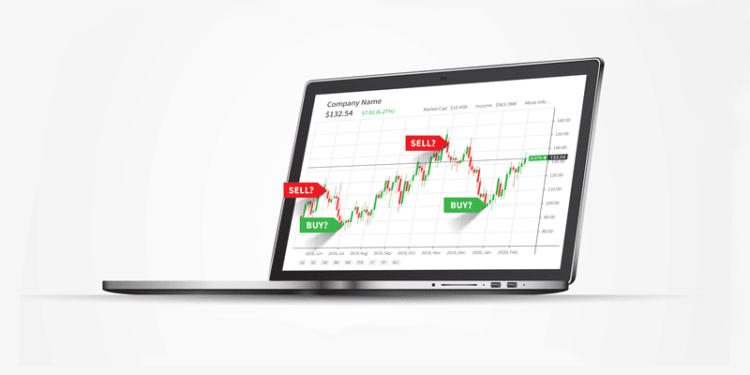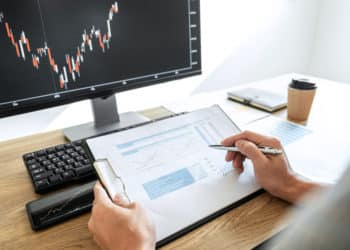A forex signal is a trading idea or tip that suggests purchasing or selling a financial asset at a specified price and time. Forex signals can assist traders of all levels in improving their trading skills.
They can also assist experienced traders in increasing their profits and trading knowledge. They are designed to be compatible with most trading software, making them easy to integrate into standard market analyses. Ideally, they are supposed to complement traders’ efforts, but this is a matter of choice.
Some traders, especially newbies, depend entirely on trading signals and do not use any other approach to trading. However, the more experienced traders use them as a component of comprehensive market analysis and a tool for refining trading concepts. Because they have specific weaknesses, the best approach is to go for a hybrid as used in the second approach.
Trading FX signals is an excellent way for new traders to learn how to trade, perfect their skills, and fine-tune their strategies while profiting.
Furthermore, they can assist in learning faster by helping to understand the methodologies underlying the signals and giving knowledge about the rationale of the proposed strategies. Traders in fast-paced markets, such as forex, recognize that signal accuracy is only as good as timing. If a trader misses an opportunity because they are late, the signal loses value.
Below are the primary forms of FX signals
Automated
Automated forex signals are algorithm-driven and generated by professional traders, with functionality based on previous market performance.
The trading signals use technical analysis and price action analysis to decide which setups have a good chance of success. This appears to be highly sophisticated, yet they incorporate several algorithms that make detecting patterns and communicating messages simple.
Algorithmic signals
These systems are referred to as Expert Advisors (EAs) or forex robots because they do not require human intervention to analyze the market and make trade recommendations. You get to choose the indicators and settings to utilize while creating your EA.
Automated forex trading systems rely on manually generated signals from forex specialists or traders who use technical indicators to identify profitable investment opportunities, which are then generated automatically by computer algorithms.
Manual signals
Manual signals are developed by analysts who conduct studies on changes in market fundamentals to assist in forecasting currency market movements. Therefore, they are based on an analysis beyond the “mechanical” aspects of technical analysis.
Entry/Exit signals
The method used to classify signals in this group is decided by the level of information supplied. In some instances, signal providers may only relay entry signals, indicating when to enter a trade, while others may only provide exit signals, indicating when to close your open positions.
Free vs. paid fx signals
In some instances, users are provided with free signals, while they must pay for their use in other cases. Under your membership plan, you may be able to get paid signals either as a one-time payment or monthly.
The user merely needs to sign up for forex trading signal services before logging in and putting their information into their trading account. This method can mislead some traders into interpreting signals as a shortcut to forex trading success. However, even signals have inherent risks that can be costly to a trader unfamiliar with the concept of forex trading.
Before you decide to employ a forex signal service, keep the following in mind:
- Examine several forex signal services and find out more about each one. Forex signal providers have different levels of quality, as you will see. In terms of success rates, the range is between 60% and the lower end of the spectrum, with many systems failing to generate any profits. Even if various service providers are available, be sure you fully understand the features you agree to before acting.
- Know your risk threshold. Due to the volatility and leverage involved in forex trading, it is risky. As a result, a significant amount of money can be lost in a matter of seconds. Prices in marketplaces for popular trending pairs can fluctuate considerably.
Because of this, you should first gauge your comfort with the potential risk before responding to the alert. Recognize the present market conditions. In most cases, a signal will provide objective, non-emotional guidance. This, however, is not an excuse for failing to comprehend real market dynamics and situations.
To summarize
Whatever forex signal systems you sign up for and whether you want to employ them to improve your performance, keep in mind that forex trading has its own set of hazards.
Although Forex trade signals may be advantageous, they do not guarantee profits. They can, however, lessen the risk associated with trading. It is your responsibility to be prudent while trading and control the risk.







